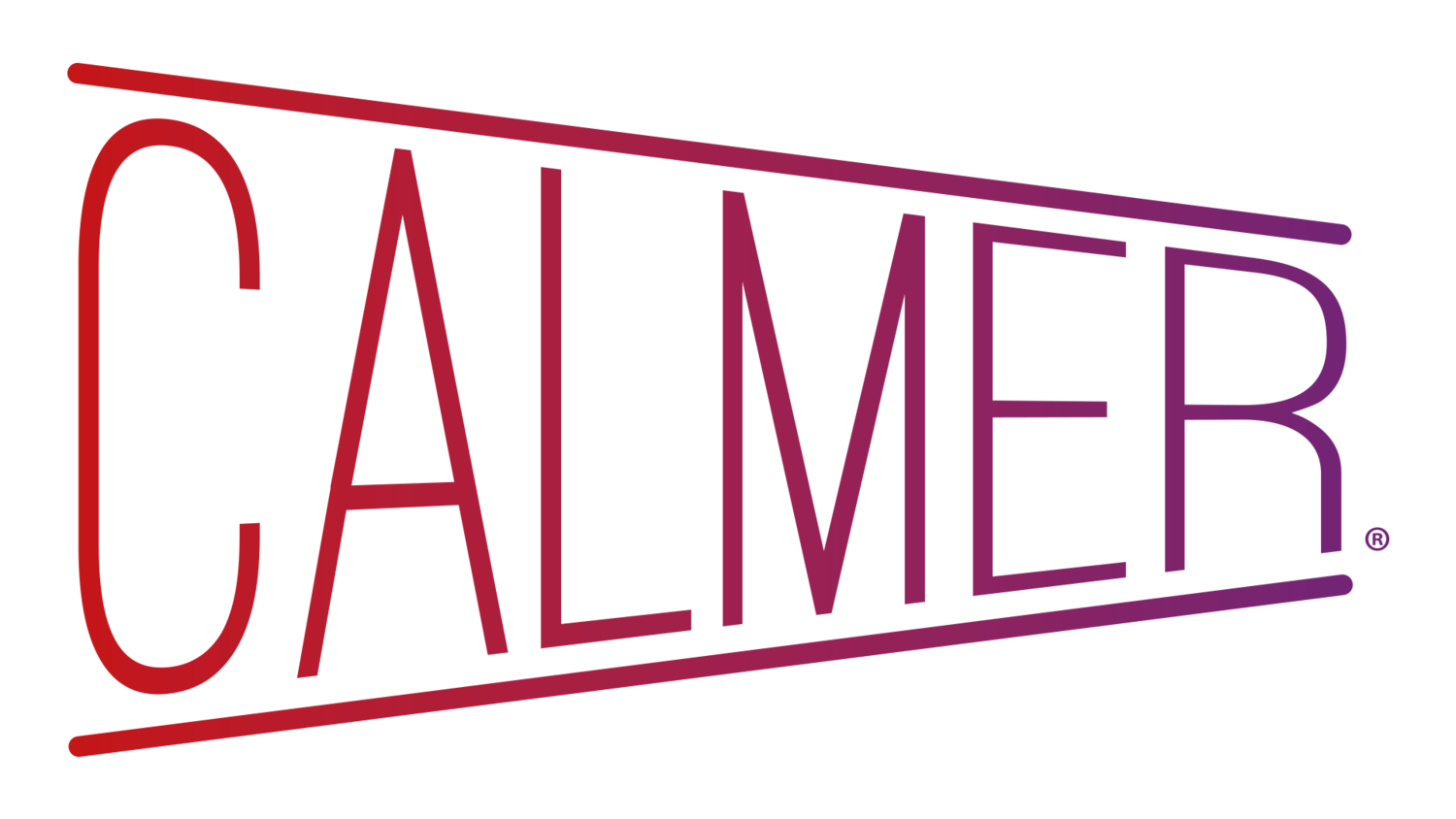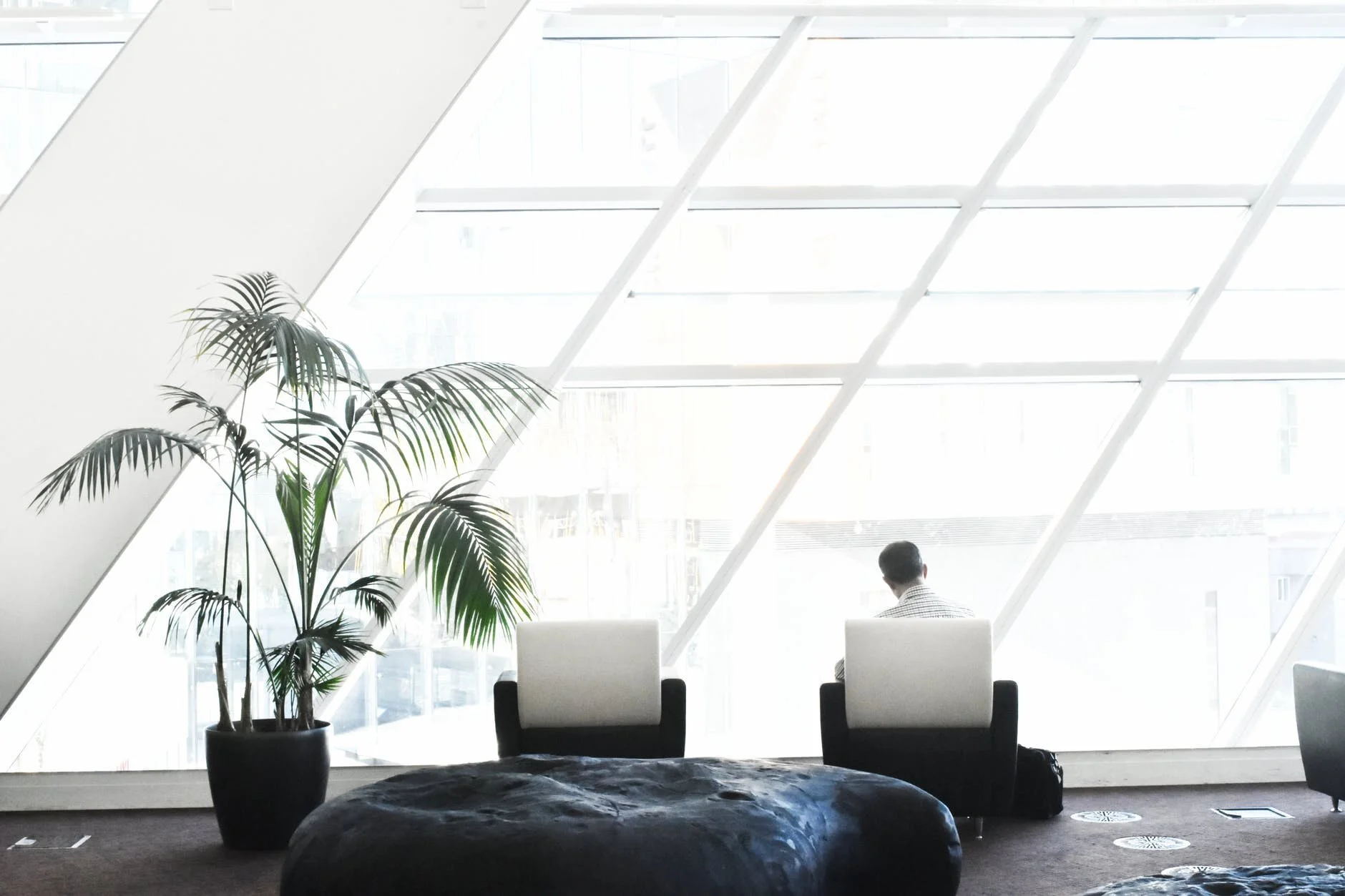With roots in Japanese Zen and Greek philosophy, minimalism has evolved into an art movement, architectural principle, and most recently, as a widely popular lifestyle trend that has dominated the web.
In this piece, we explore how this trendy concept also has practical applications in building and developing a workplace culture that can actually improve the lives of employees.
Minimalist Office Design
The office environment contributes greatly to how your workplace culture is formed. Minimalist office design is about removing distractions and sticking to the essentials (while keeping people happy, and equipped with everything they require to do their jobs well). In principle, this is all about developing an aesthetically pleasing and conducive workspace in which a productive and adaptive culture can flourish.
Dezeen's review of a minimalist office redesign by Japanese architects Tetsuya Tanji and Shimpei Oda illustrates this idea perfectly. Tanji and Oda made only very subtle changes to the unfinished studios of graphic design company Panda to transform it completely. By incorporating the exposed steel cross-bracing, wood, and other existing industrial details in the office, Tanji and Oda were able to develop an Instagram-worthy workspace with minimal expenses and logistical hassles for their client. The result is a space that's not just beautiful, but also considers foot traffic as well as keeping visual distractions to a minimum.
Minimalism in Work Processes
Minimalism isn’t just about aesthetics. In an INC feature on how to make your work days clutter-free, The Business Romantic author Tim Leberecht explains how leveraging new workplace software can significantly minimise the time employees spend on emails and meetings.
Tools like Slack and Google Docs can allow workers and managers to have company, department, or team-wide discussions that can be compartmentalised or expanded as necessary. (In fact, the Calmer Team uses both of these tools, enabling us to work flexible hours and still work collaboratively.)
In turn, this can streamline the flow of information, making both emails and meetings shorter and confined to the essentials. Small and simple ways to minimise paperwork and anything else that take up employees' time can help a lot in developing a more productive workplace culture.
Financial Minimalism
Now, let’s consider minimalism when it comes to business spending. Financial struggles can be a great source of stress and poor productivity, even for the most talented and driven workers in the office. Introducing employees to minimalism can have a huge impact on the way everyone in the office manages finances and how it affects their lives.
In a guide on how to be a minimalist by Marcus, the author discusses how financial minimalism can be practiced through values-based spending, a concept that's useful for either individual employees or entire companies. The idea is to examine each and every purchase you make in order to ascertain whether or not that object or service aligns with your values and long-term goals.
In business, this means resisting the urge to just grab at the next flashy business trend or technology, and instead pulling back and taking the time to analyse whether or not acquiring it will actually help your employees. Not only does this curtail unnecessary company spending and lessens time spent on the necessary paperwork, it also decreases overall workplace stress.
Plus, the less your employees are distracted by financial stress, the easier it will be for them to improve and be more productive in the office. Furthermore, The Sleep Advisor’s Isaiah Atkins explains that mitigating or eliminating stress and anxiety can also go a long way in improving a person's sleep pattern.
While it could be argued that minimalism has morphed into a trend that's rather reductive of its true potential, its core principles still hold water in the modern business world. A little minimalism in your workplace culture could go a long way in improving not just the way your employees work, but also how they go about their daily lives.
Specially written for Calmer by Janelle Barkett

